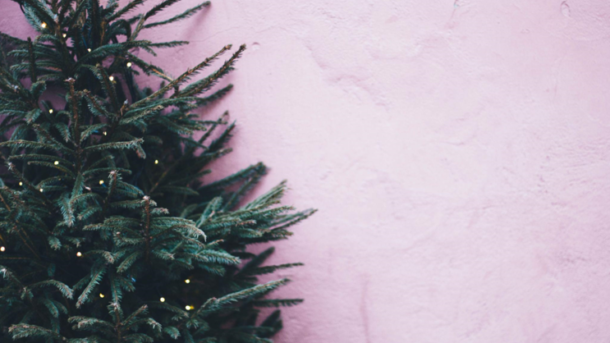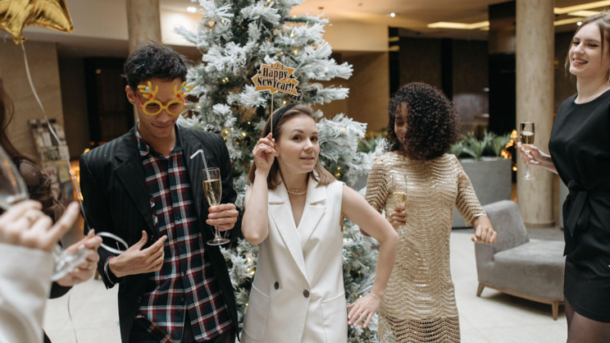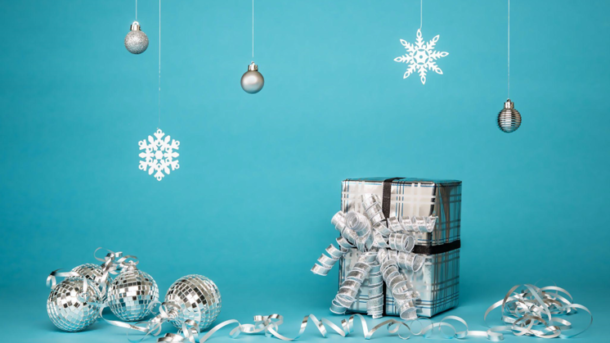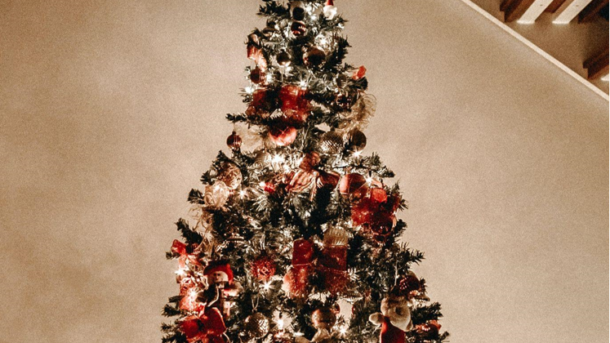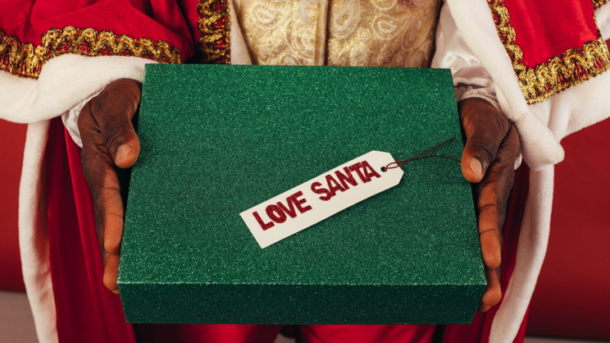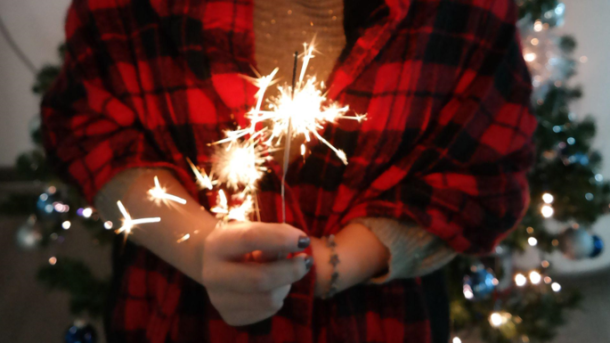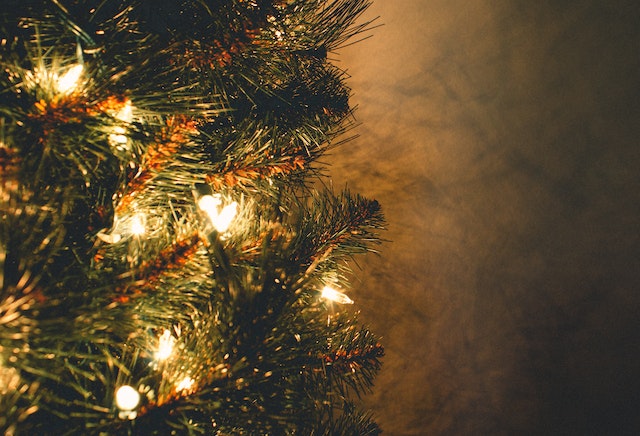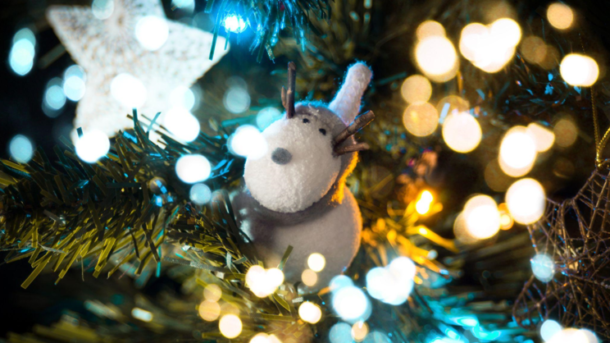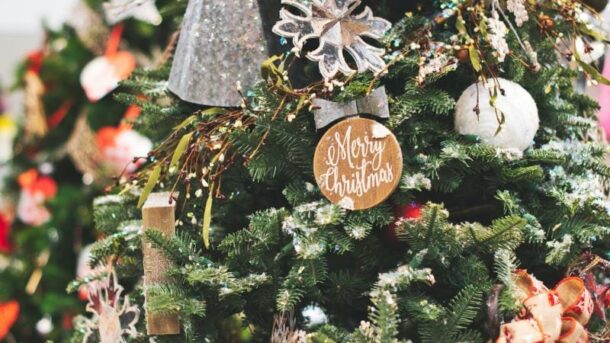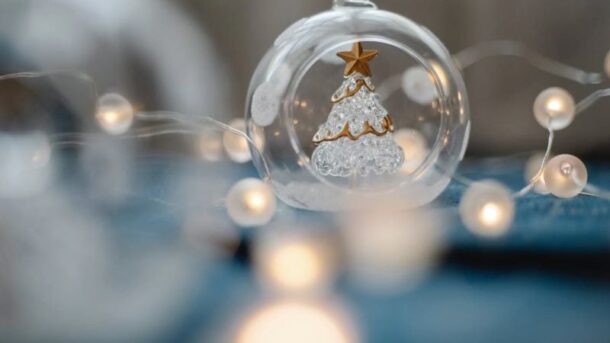The Freedom to Choose
When it comes to holiday decorations, there are no rules. Some people prefer a traditional look with a real tree and classic ornaments. Others opt for a modern touch with a sleek, pre-lit artificial tree. Whatever your preference, the beauty of artificial Christmas trees is that they give you the freedom to choose. You can select a color, size, and style that best fits your taste and personality. This freedom of choice is also fundamental in education, where students can explore different ideas and perspectives. By celebrating this diversity in holiday decorations, we can promote a culture of inclusivity and tolerance.
Caring for the Future
In addition to being a symbol of freedom, artificial Christmas trees also represent the importance of caring for the future. By choosing an artificial tree over a real one, you are taking steps to reduce your carbon footprint and protect the environment. According to the National Christmas Tree Association, it takes about seven years for a Christmas tree farm to grow a tree that is 6-7 feet tall. During this time, the trees absorb carbon dioxide and provide a habitat for wildlife. However, after the holidays, most of these trees end up in landfills, releasing methane, a potent greenhouse gas. By using an artificial tree that can last for many years, you are helping to conserve resources and reduce waste.
But caring for the future goes beyond just the environment. It also means giving a chance to those who may not have had one before. Many artificial trees are made by artisans and workers in developing countries who rely on the income from these products to support their families. By buying fair-trade or ethically-made trees, you can help support these communities and make a change for the better.
Artificial Christmas trees may seem like just a festive decoration, but they can represent some of the most valuable principles of our society. By celebrating diversity, caring for the environment, and giving a chance to those in need, we can spread love and prosperity during the holiday season and beyond. And remember that a balanced diet and healthy lifestyle are also important during this time of year. So, why combine both benefits with a homemade tree of healthy snacks like fruits and vegetables? With some creativity and care, we can make the most of this joyous time and create a better future for ourselves and our communities.

